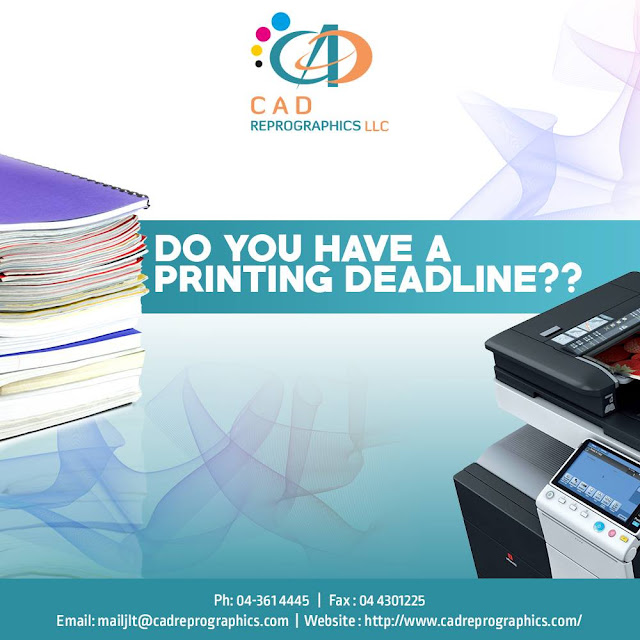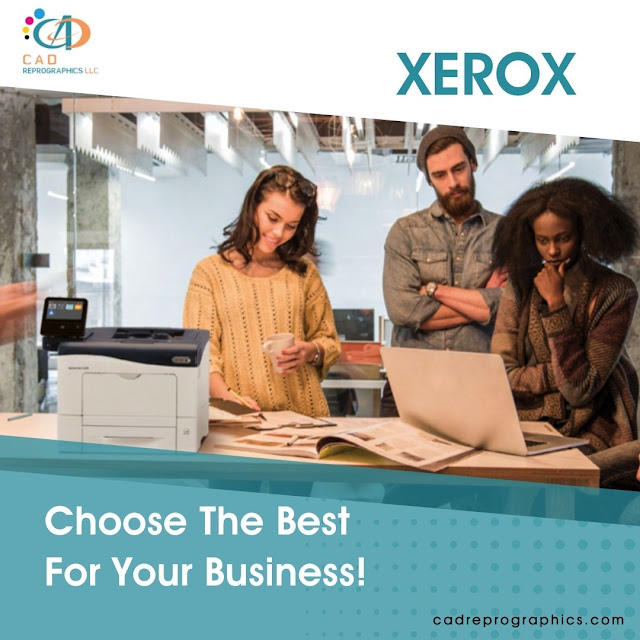Printing and copying
Photocopying and copying both refer to the process of reproducing a document or image by making a duplicate or copy of the original. However, there are some differences between the two terms.
Photocopying typically refers to the process of creating a copy of a document using a photocopier or copier machine. A photocopier is a machine that uses light and electrostatic charges to transfer an image or text from an original document onto a blank sheet of paper. The resulting copy is an exact replica of the original, with the same layout, font, and graphics.
Copying, on the other hand, is a more general term that can refer to the process of reproducing a document or image in various ways. For example, copying can include creating a digital copy of a document, scanning a paper document and saving it as a digital file, or even manually copying text or images from one document to another.
In summary, photocopying is a specific type of copying that involves using a photocopier to create an exact replica of an original document. Copying is a more general term that can refer to various methods of reproducing a document or image.
Printing and copying both offer a range of benefits for individuals, businesses, and organizations. Here are some of the key advantages:
Printing Benefits:
Professionalism: Printing can give a professional look and feel to documents, presentations, and marketing materials. This can help create a positive impression on clients, customers, and stakeholders.
Customization: Printing allows for the customization of documents, such as business cards, brochures, and flyers, to fit the specific needs of a business or organization.
Distribution: Printed materials can be distributed easily, such as handing out flyers, mailing brochures or distributing business cards.
Durability: Printed materials can be more durable than
digital materials, lasting longer and being less susceptible to data loss,
hardware failure, or other issues.
Copying Benefits:
Efficiency: Copying can save time and effort by producing multiple copies of a document quickly and easily.
Cost-Effective: Copying can be a more cost-effective alternative to printing, particularly for documents that do not require a high-quality print.
Accessibility: Copying can make it easier to distribute documents to a wider audience, particularly for people who may not have access to digital versions.
Convenience: Copying can be done on demand, without the need to wait for printing or shipping.
Overall, both printing and copying can offer a range of
benefits, depending on the specific needs of the user. Whether it's creating
professional materials, distributing documents, or reducing costs, printing,
and copying can be useful tools for individuals, businesses, and organizations
alike.




Comments
Post a Comment